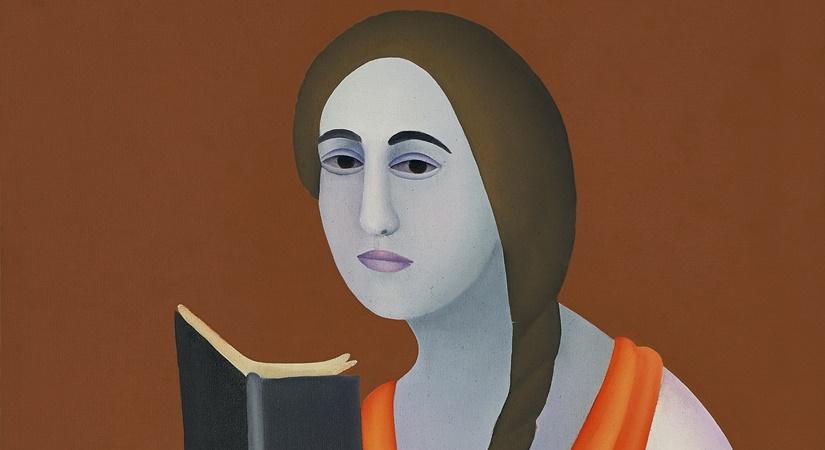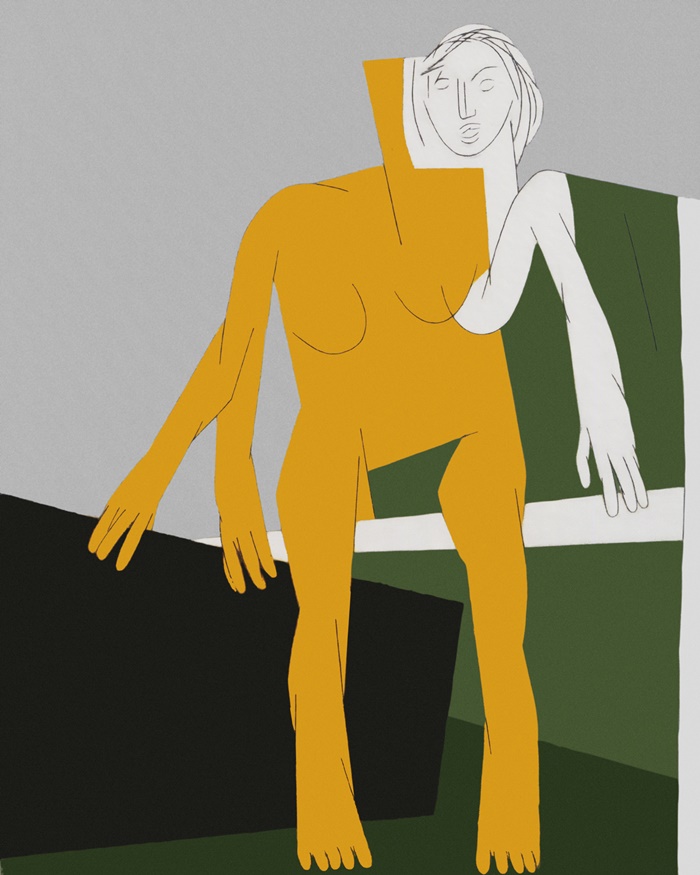Cover Story
A guide for new-age art collectors

It is imperative to study the artist’s practice and build a symbiotic relationship with the creation, says the spokesperson of a homegrown auction house
BySiddhi Jain
April 15, 2021 (IANSlife) Given the current exposure Indian art is receiving, the projected turnover for the market will hold its ground, and further expand over the next decade. Analyzing, researching, and thereafter including Indian art properties, during the asset planning and strategy phase should not be undermined, says Siddanth Shetty, V.P. Business Strategy and Operations, AstaGuru.
He further writes:
"Indian art has proven to be a safe asset with long-term goals and has even done well during inflationary periods. However, having said that, art will always be a subjective investment, influenced by the trends of the time. Therefore, one must always keep their ears to the ground and validate an acquisition, backed by research and analysis. Factors such as an artwork’s exhibition and publication history go a long way to prove the work’s importance, it not only validates its authenticity but also places the work on a pedestal of sorts. Other crucial factors that one should exercise due diligence about is to trace the provenance of the artwork and follow the respective artist’s auction performance before committing to a transaction or a bid."

"After researching and achieving clarity about the contended acquisition the next step is to choose a genuine and well-informed source for the acquisition. Galleries and auction houses represent the primary and secondary marketplace respectively. An auction house acquisition proves to be exciting as well as completely transparent, and the presented artwork’s legitimacy is seconded by the auction house since they undertake research and adhere to due diligence protocols."
"Apart from the safety factor which technology provides, there is the advantage of ease and mobility. Users can participate in auctions while they are on the go, either through a website or a mobile phone app. All the essential data pertaining to the lots are published online and are shared on the open platform for all to glean through."
Last, but definitely not least, It is imperative to study the artist’s practice and build a symbiotic relationship with the creation, the emotive experience one shares with the artwork must be taken into account since it's going to be part of your immediate environment.
Good art will always garner demand and the prices for masterpieces by seminal artists will remain high as they have, historic as well as the leverage of a rich provenance. First-time buyers must bear in mind and favor the idea of posterity, rather than focusing on short-term gains, it is imperative to perceive art as a long-term moveable asset. Owning a work of art with unmatchable aesthetic value, that appreciates with time, is indeed a valued and treasured asset, and with the art market presenting an encouraging prospect, this is the ideal entry point to invest in Indian art.
(This article is website exclusive and cannot be reproduced without the permission of IANSlife)
Siddhi Jain can be contacted at siddhi.j@ians.in


